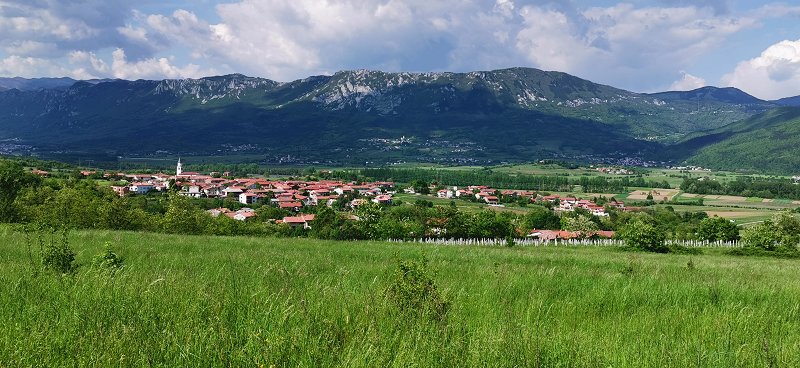Village Slap
The village’s rich cultural heritage dates back to the 13th century. A lot still remains unknown about the construction of the castle, which is located on the south side of the church in the village centre (known as ‘plac’). It is believed to have been built by the knights of the Order of Malta in 1220. The castle was later owned by the Zwegkhenburg noble family, Flachenfeld and Coronini-Cromberg barons, and lastly by Count Karl Lanthieri. An important cultural break occurred in mid-19th century when the assemblies of estates (Ger. Landstände) issued a decree to found the Provincial school of pomology and viticulture. This was the first school of agricultural sciences in Slovenia. Count Lanthieri gifted his manor to the school together with the agricultural lands for the practical lessons on viticulture and fruit farming.

Today, viticulture is the most important industry in the village. It was as early as 1689 that Valvasor wrote that the tears of the vineyards in Slap taste the sweetest. Zêlen and pinela are among the oldest indigenous species of vine grown here. To this day, the village is renowned primarily for its high-quality wines. There has also been increasing interest in gastronomy, tourism, and culture.
Slap’s population is around 400 and the village is comprised of several hamlets: Frlanov konc, Majerija, Pod stajami, Poreče, Rovna, and Žoržev kraj. The most important fresh water source in the vicinity of the village is the Slapenski potok stream, which is powered by its several tributaries. The latter form waterfalls after heavy rainfall. One of these springs called Zlata voda (transl. ‘golden water’) emerges from under the village of Erzelj.
